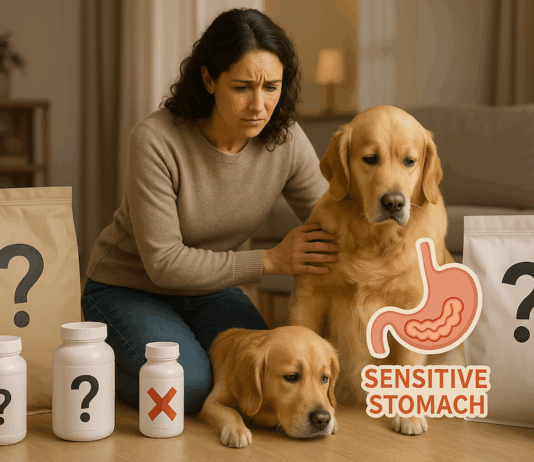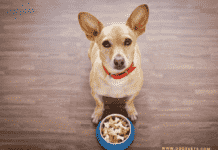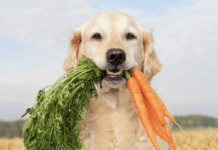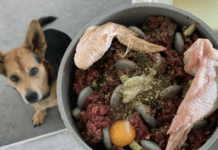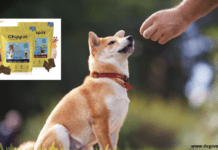How to Stop Your Dog from begging for Food
How to Stop Your Dog from begging for Food
Not only are humans the masters of the house, but so too is your dog!
Unless you've...
Wet or dry food — which should you gives your dog to eat?
Wet or dry food — which should you gives your dog to eat?
It might be challenging to decide what kind of food to give...
List Of 15 Human Foods That Can Be Harmful To Pets (Bad Food For...
Human Foods That Can Be Harmful to Pets
Pets are beloved members of our families, and their health is a top priority. While it may...
How Long Can Dogs Go Without Food? 9 Tips + Solution
How Long Can Dogs Go Without Food?
If you are a dog owner, you may have wondered how long your furry friend can survive without...
Can a dog eat canned tuna fish? – 7 Facts you need to know
Can a dog eat canned tuna?
If you've ever wondered if your dog can eat canned tuna, you're not alone. Tuna fish is a popular...
What Vegetables Can Dogs Eat? What vegetables are bad for dogs?
Vegetables For Dogs
There are many benefits to vegetables for dogs, but there are some dangers as well. Here's a list of the best vegetables...
5 Ways to Make Sure Your Dog Doesn’t Die from Eating Raw Meat
5 Ways to Make Sure Your Dog Doesn’t Die from Eating Raw Meat
Is your dog obsessed with raw meat? It's time to take action!...
Top 11 Dog-Friendly Fruits That are Delicious for Your Pet!
Top 11 Dog-Friendly Fruits That are Delicious for Your Pet!
If your pet loves to eat, you know that fruit is a must-have in their...
How to Train Your Dog with Chippin Dog Treats
How to Train Your Dog with Chippin Dog Treats
Dogs love food on a par with humans, perhaps even more so.
So, when it comes...
Is Popcorn Safe For Cats And Dogs?
Is Popcorn Safe For Cats And Dogs?
We All Love Popcorn, But Is It Safe For Our Pets To Eat Too?
Popcorn is a tasty, low-calorie...
Keep Your Pet on a Healthy Diet with Petlibro Pet Feeder
Keep Your Pet on a Healthy Diet with Petlibro Pet Feeder
I adore my fur baby, Toto.
Unfortunately, I am a busy dog parent like most...
Why Should You Try Raised Right Pet Food
Are you tired of generic pet food filled with questionable ingredients? Looking for a healthier and more natural option for your furry friend? Raised...
